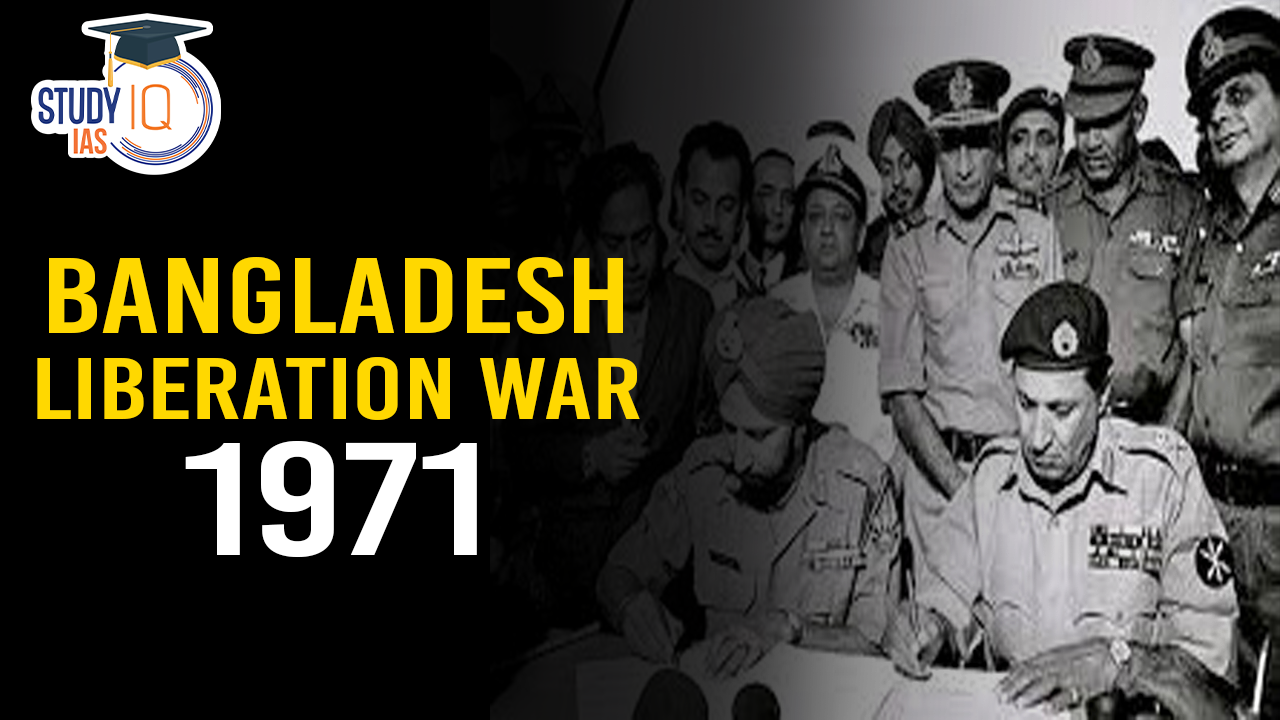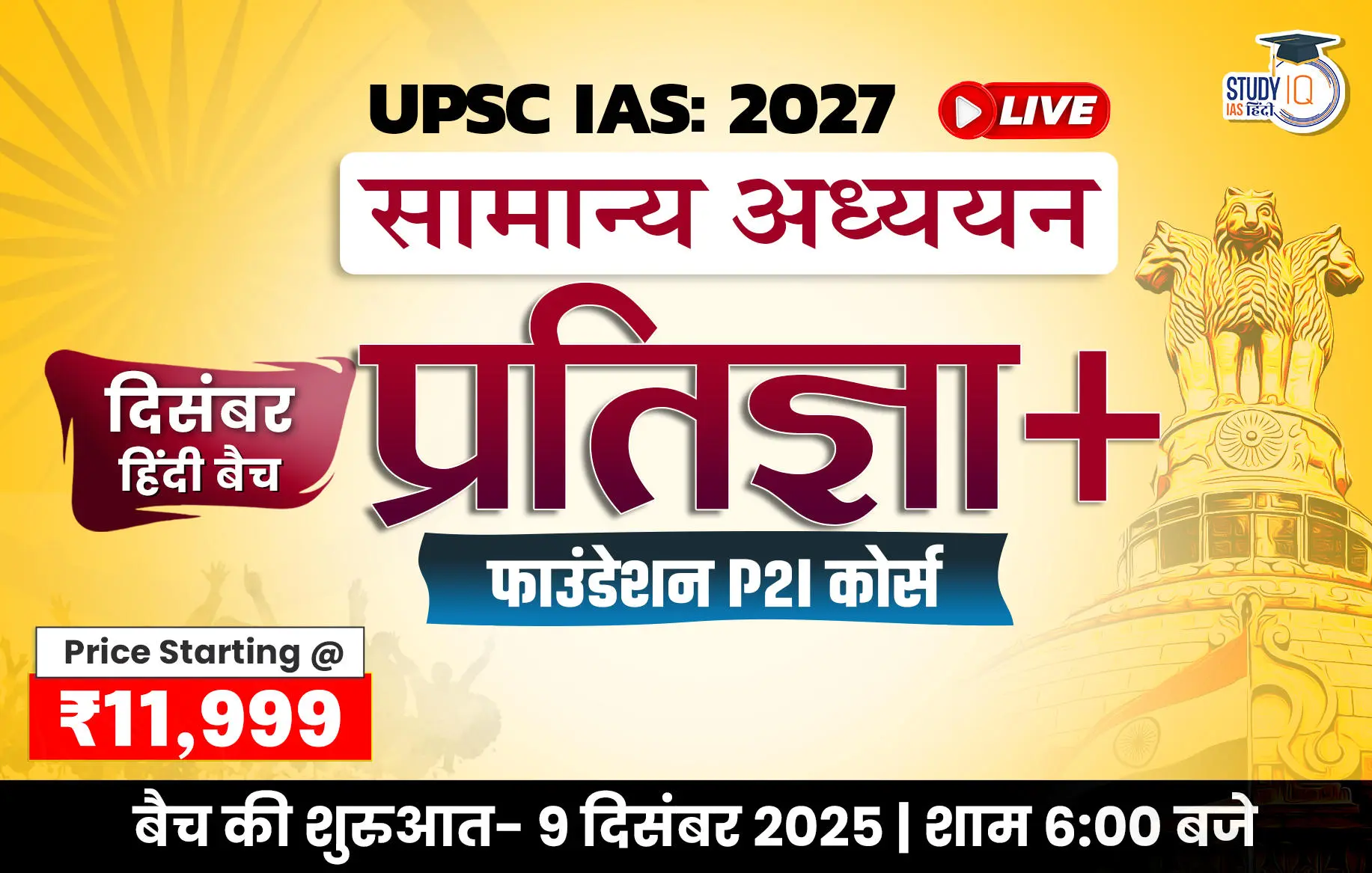Table of Contents
The Bangladesh Liberation War of 1971 was a defining moment in South Asian history, marking the emergence of Bangladesh as an independent nation from the clutches of Pakistan. This article delves into the intricacies of the conflict, the key reasons behind it, and the significant role played by India in the liberation process.
Bangladesh Liberation War 1971
The Bangladesh Liberation War of 1971 resulted in the independence of Bangladesh from Pakistan. Triggered by economic disparity, political marginalization, and cultural grievances, the conflict escalated after the denial of election results favoring East Pakistan’s Awami League. India played a crucial role by supporting the Mukti Bahini and intervening militarily. The war culminated on December 16, 1971, with Pakistan’s surrender and Bangladesh’s emergence as a sovereign nation.
Bangladesh Liberation War 1971 Background
In 1947, British India was partitioned into two sovereign states: India and Pakistan. Pakistan was conceived as a nation for Muslims and was divided into two geographically separated regions—East Pakistan (now Bangladesh) and West Pakistan (present-day Pakistan). Despite sharing a common religion, the two wings were divided by approximately 1,000 miles of Indian territory. East Pakistan, predominantly Bengali-speaking, was economically disadvantaged compared to West Pakistan.
The capital of Pakistan was initially Karachi but was moved to Islamabad in 1958. Over time, disparities in economic development and political representation between the two regions grew increasingly evident. By 1971, these issues had reached a boiling point, leading to the outbreak of the Liberation War.
Causes of Bangladesh Liberation War
Several critical factors fueled the desire for independence in East Pakistan:
- Economic Disparities: East Pakistan contributed significantly to Pakistan’s economy but was consistently deprived of its fair share of resources. Between 1948 and 1960, East Pakistan generated 70% of Pakistan’s exports while receiving only 25% of the imported revenue. Additionally, the East saw a decline in the number of fabric mills, from 11 in 1948 to just 26 in 1971, while West Pakistan’s mills surged to 150.
- Political Marginalization: Despite being the most populous region, East Pakistan had minimal political power compared to West Pakistan. This imbalance led to growing unrest and demands for greater autonomy.
- Language Controversies: The imposition of Urdu as the sole national language by Pakistan’s founder, Mohammad Ali Jinnah, was met with strong resistance in East Pakistan, where Bengali was the predominant language. The February 21, 1952, protest against this policy resulted in the deaths of seven students and is now commemorated as International Mother Language Day.
- Natural Disasters: The 1970 Bhola Cyclone, which killed around 500,000 people and left many homeless, exacerbated the plight of East Pakistanis. The inadequate response from the central government further intensified the region’s grievances.
Course of Bangladesh Liberation War
The liberation struggle gained momentum when the Awami League, led by Sheikh Mujibur Rahman, won a decisive victory in the 1970 national elections. Despite winning a majority, the party was denied the right to form a government by Zulfikar Ali Bhutto, Chairman of the Pakistan People’s Party. This denial led to widespread unrest and eventually the outbreak of war.
On March 25, 1971, the Pakistani army launched a brutal crackdown on Dhaka, targeting the Dhaka University dormitories and other key locations. Sheikh Mujibur Rahman was arrested on March 26, the same day he signed the Declaration of Independence for Bangladesh. The Mukti Bahini (Liberation Army), led by General Muhammad Osmani, began a coordinated fight against the Pakistani forces, with significant support from India.
India’s Strategic Involvement
India played a pivotal role in the Bangladesh Liberation War. Under the leadership of Prime Minister Indira Gandhi, India provided crucial support to the Mukti Bahini. This support included:
- Shelter and Training: India offered refuge to Bangladeshi refugees and provided training to the Mukti Bahini fighters.
- Military Assistance: Indian forces, including the Army, Air Force, and Navy, engaged in direct combat against the Pakistani troops. The operations were launched from the Indian states of West Bengal, Assam, and Tripura.
- Coordination with Mukti Bahini: The Indian military coordinated with Mukti Bahini to launch a three-pronged offensive on Dhaka, which was crucial in the eventual defeat of the Pakistani forces.
Victory and Its Aftermath
On December 16, 1971, the Pakistani forces in Dhaka surrendered to the joint forces of the Mukti Bahini and the Indian Army. The “Instrument of Surrender” was signed by General Niazi of Pakistan and General Aurora of India, marking the end of the war and the birth of Bangladesh as an independent nation.
December 16th is celebrated as Victory Day in Bangladesh, while March 26th is observed as Independence Day. Since gaining sovereignty, Bangladesh has made significant strides in various sectors, progressing as a vibrant and independent nation.
Bangladesh Liberation War UPSC
The Bangladesh Liberation War of 1971 was a watershed moment that reshaped the geopolitical landscape of South Asia. India’s decisive involvement not only facilitated the liberation of Bangladesh but also solidified its role as a significant regional power. The historical significance of this conflict continues to resonate, shaping the diplomatic and economic relationships in the region.


 UNESCO Global Network of Learning Cities...
UNESCO Global Network of Learning Cities...
 National Livestock Mission (NLM): Object...
National Livestock Mission (NLM): Object...

























